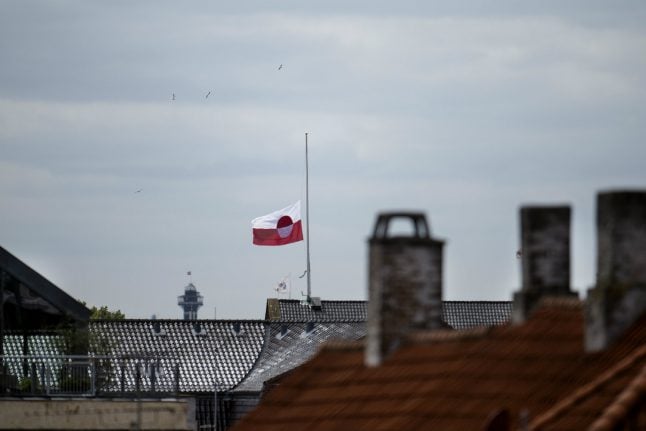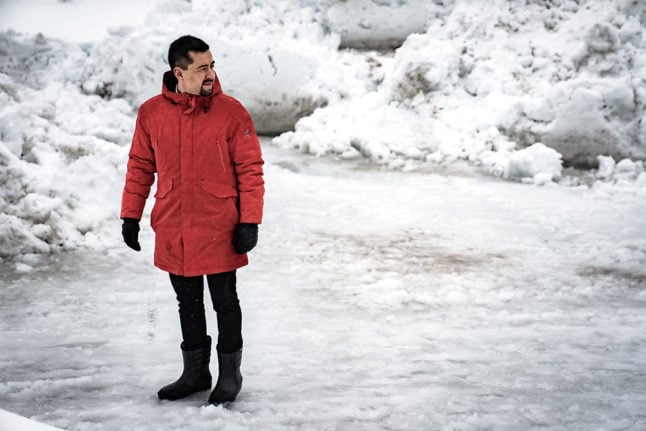Three adults and one child, who have not been seen since a tsunami hit the village of Nuugaatsiaq on June 17th, are now presumed to have died in the flood.
Searches using planes helicopters, ships and dinghies were all carried out without turning up any sign of the missing people, reports Danish news agency Ritzau.
Police admitted as early as last week that they did not expected to find the missing persons alive.
The four are thought to have been washed to sea after a landslide fell into the Karrat Fjord on the west coast of the Danish autonomous territory.
Waves hit the village with such force that 11 houses were also dragged into the sea.
Artic Command told Ritzau that the area washed away by the wave measured 1100 by 300 metres.
Several villages in the area remain evacuated in a precaution against further landslides.
While authorities are still alert to the danger of further tsunamis, five villages, as well of the town of Uummannaq, were assessed Saturday as being out of the risk area should further incidents occur.
Researchers remain uncertain as to how the landslide itself was started.
READ ALSO: Experts uncertain on cause of Greenland disaster
David M. Kerrick, a former assistant professor of Mathematics and Physics at The University of the Sciences in Philadelphia, told The Local that he believed the Greenland tsunami to have been caused by an earthquake.
“Right now I am of the opinion that the tsunami in Greenland was caused by an earthquake. In general this has to do with a possible connection, I believe, between events in the Pacific Ring of Fire and the South Sandwich Trench, which ‘moves’ things along the Mid-Atlantic Ridge towards Iceland, impacting North America and Europe,” Kerrick wrote via email.
The Pacific Ring of Fire is an area in the basin of the Pacific Ocean associated with a series of oceanic trenches, volcanoes and plate movements.
The Greenland earthquake may be related to new or existing faults being opened by geophysical changes whose effects have also been seen in other unusual tremors, Kerrick said.
“As I see it, the connection between the Pacific Ring of Fire and the South Sandwich trench moving up along the mid-Atlantic ridge towards Iceland, opens up new or possibly already existing ‘hairline’ faults proceeding from Iceland moving into North America,” the professor wrote.
Experts with the Geological Survey of Denmark and Greenland (GEUS) initially said the tsunami had been started by an earthquake, but began to doubt this after receiving reports of tidal waves 30 kilometres away.
The size of the tidal wave was too great to have been caused by an earthquake of the magnitude measured, GEUS seismologist Peter Voss told DR.
Reports on June 18th suggested an earthquake measuring 4.0 on the Richter scale had struck off the Greenland coast.
Trine Dahl Jensen, a senior researcher with GEUS, told Ritzau the day after the tsunami that earthquakes of that magnitude were “not normal” in western Greenland.
Voss told DR last week that data should be analysed before any conclusions could be made.
“Measurements of earthquakes and landslides resemble each other. We have to find out what started the landslide – whether or not it was an earthquake,” he said.



 Please whitelist us to continue reading.
Please whitelist us to continue reading.